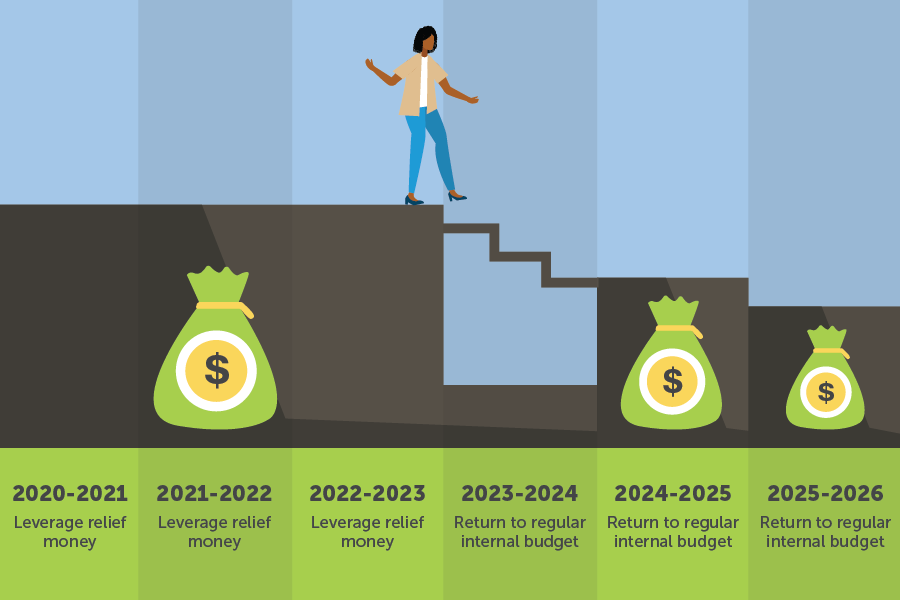
Once you have identified the current reality of your technology, identified growth plans for the department, and determined the total cost of ownership, it’s time to review solutions to see what is available on the market. Technology is rapidly changing. Current solutions you are using may be obsolete or the products/services provided could be bundled into more integrated systems. Review products and possibilities frequently so that you have a full view of the solution landscape.
Now is also the time to consider investing in purchases that will extend the life of the devices. An example may be purchasing screen protectors and ruggedized cases for tablets to protect against drops or pressure. For laptop devices, considering a snap-on shell case, screen protectors, and carrying bags with reinforced corners to help prevent excessive pressure on the laptop screen are all preventative measures you can take to help technology last longer.
When researching products and drafting Requests for Proposals (RFPs), remember to include environmental sustainability in addition to financial sustainability. From the start, when “green” sustainability requirements are included in the RFP, vendors are forced to consider ways to reduce waste to provide a competitive bid. Basic “green” requirements that can be included in an RFP include:
As you review products, keep in mind that there are parts of the technology that will need to be treated as consumables. Intentionally budget for items like replacement power cables and adapters, stylus pens, and cases/carrying bags.
Ask staff to test or pilot solutions, and be sure that you include a wide variety of staff to provide feedback. Be mindful that solutions may not fit the needs of all your learners. By including practitioners of different backgrounds and experiences in teaching a variety of students, you will receive authentic feedback based on student need.
Collaborate with others who use the solutions you are looking for or are willing to pilot the solution you’re considering. This provides a user experience free of vendor bias. Collect pain points and victories, both to ensure a thorough consideration of the solution, and to build future support systems around this solution.
Learn more about product review: Purchasing and Preparing Devices and Software

Funding cliffs can occur when districts receive allocations of funds outside of their typical annual budget, such as the COVID-19 relief funds, which result in unplanned expenditures in the future. Examples of expenditures that can lead to a funding cliff include:
Keep district sustainability plans top of mind during times of budget windfalls because once the additional funding goes away, you do not want to expose your department and your entire technology plan to large and painful cuts.
Some general rules of thumb for avoiding the technology funding cliff:
Let's connect and we'll send you the latest from Digital Promise.